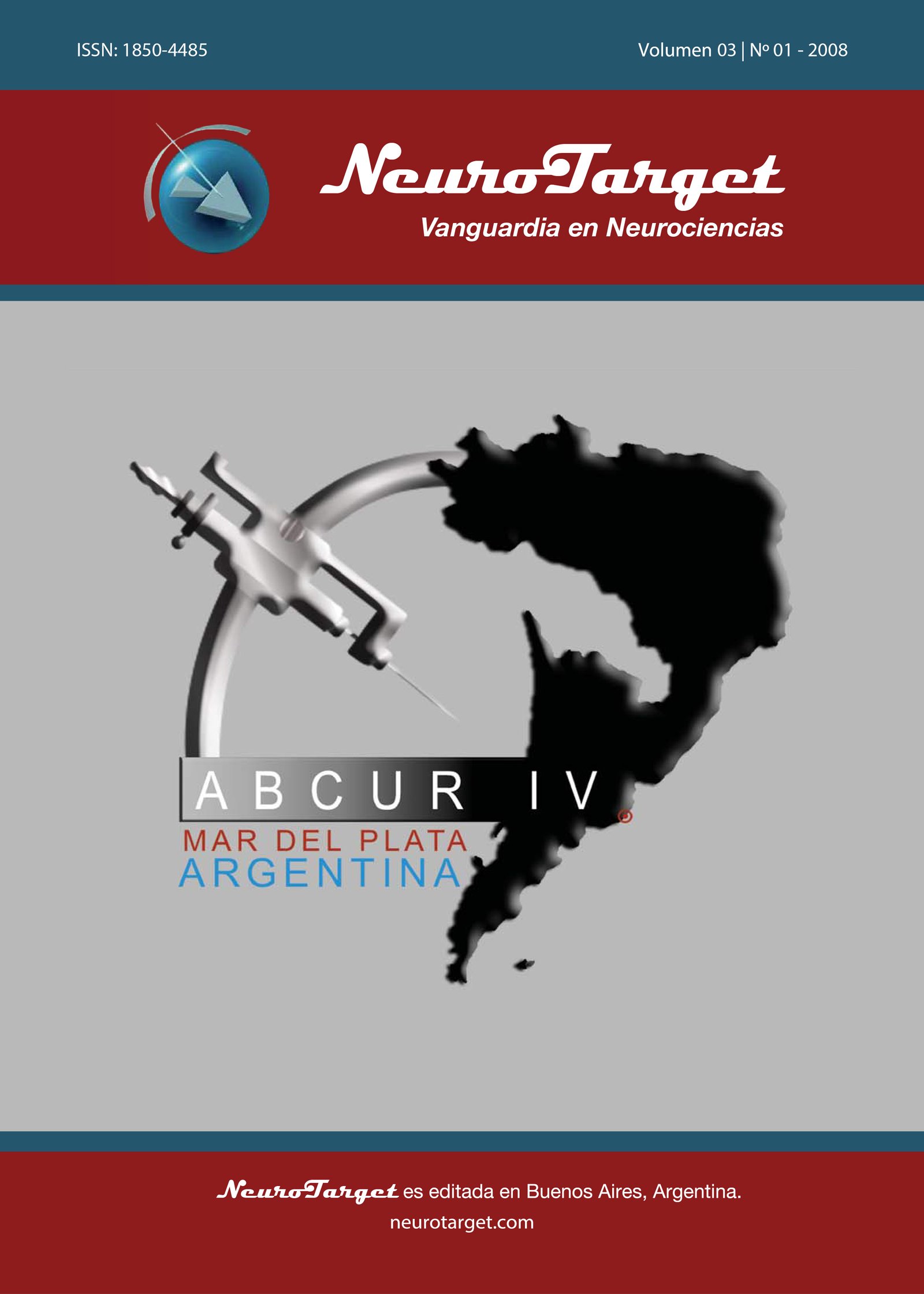Selection and evaluation of the candidate patient for epilepsy surgery
DOI:
https://doi.org/10.47924/neurotarget2008415Keywords:
refractory epilepsy, epilepsy surgery, video-EEGAbstract
Surgery for epilepsy refractory to medical treatment is a promising therapeutic option. Major determinants of the success of epilepsy surgery are the proper selection and evaluation of the patient. Candidates should have medically intractable epilepsy, defined in most centers as a failure of at least two first-line antiepileptic medications due to the lack of efficacy. The presurgical work-up of patients consists of a Phase I evaluation including magnetic resonance imaging, videoelectroencefalography, neuropsychological testing, psychiatric evaluation and functional imaging techniques. Following the Phase I evaluation, the epilepsy surgery team (consisting of the neurologist/ epileptologist, neurosurgeon, neuroradiologist, neuropsychologist and psychiatrist) reviews all of the data collected, and decides if epilepsy surgery would likely lead to a reduction in seizure frequency without significant side effects. As the results of surgery are best when there is congruence between seizure semiology, irritative zone on interictal EEG, and ictal onset zone, some additional tests are often necessary, such as intracranial electroencephalographic monitoring and cortical functional mapping.
Metrics
References
Fisher RS, van Emde Boas W, Blume W, Elger C, Genton P, Lee P, Engel J Jr. Epileptic seizures and epilepsy: definitions proposed by the International League Against Epilepsy (ILAE) and the International Bureau for Epilepsy (IBE). Epilepsia. 2005;46(4):470-2.
Kwan P, Sander JW. The natural history of epilepsy: an epidemiological view. J Neurol Neurosurg Psychiatry. 2004;75(10):1376-81.
Kochen S, Thomson AE, Silva W, García MC; Grupo de Trabajo de Epilepsia de la Sociedad Neurológica Argentina. Guía de Cirugía de la epilepsia. Rev Neurol Arg 2006;31(2):117-22.
Mohanraj R, Brodie MJ. Pharmacological outcomes in newly diagnosed epilepsy. Epilepsy Behav. 2005;6(3):382-7.
Mattson RH, Cramer JA, Collins JF. Prognosis for total control of complex partial and secondarily generalized tonic clonic seizures. Department of Veterans Affairs Epilepsy Cooperative Studies No. 118 and No. 264 Group. Neurology. 1996;47(1):68-76.
Sillanpää M, Schmidt D. Natural history of treated childhood-onset epilepsy: prospective, long-term population-based study. Brain. 2006;129 (Pt 3):617-24.
Semah F, Picot MC, Adam C, Broglin D, Arzimanoglou A, Bazin B, Cavalcanti D, Baulac M. Is the underlying cause of epilepsy a major prognostic factor for recurrence? Neurology. 1998;51(5):1256-62.
Lüders HO, Engel J Jr, Munari C. General Principles: In: Engel J, editor. Surgical Treatment of the Epilepsias. 2nd ed. New York: Raven Press; 1993. p. 137-53.
Kanner A, Campos M. Evaluación Prequirúrgica. En: Kanner A, Campos M, editores. Epilepsias: Diagnóstico y Tratamiento. 1a ed. Santiago de Chile: Mediterráneo; 2004. p. 574-96.
Downloads
Published
How to Cite
Issue
Section
License
Copyright (c) 2008 María Del Carmen García

This work is licensed under a Creative Commons Attribution 4.0 International License.
The article is distributed under the Creative Commons Attribution 4.0 License. Unless otherwise stated, associated published material is distributed under the same licence.







